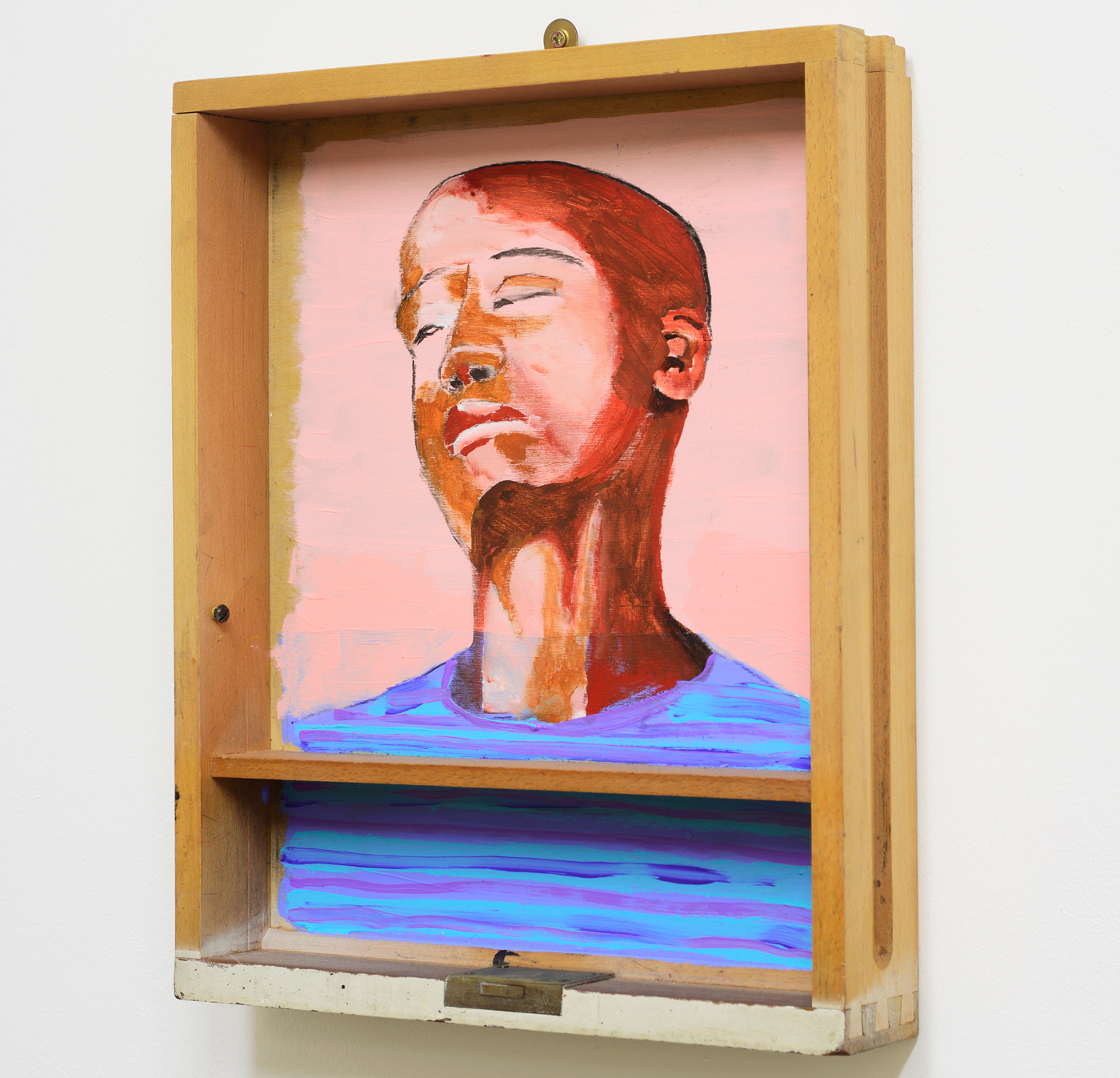In her paintings, figurative cut-outs and installations, Lubaina Himid approaches questions of identity through the celebration of Black creativity and political agency.
Her practice as an artist, curator and professor challenges institutional narratives that have systematically overlooked and erased the legacy of slavery and the foundational contributions to society made by the African diaspora.
For SB14, the artist presents six works in a range of mediums, including painting and installation, which provide insight into her wry, spirited and serious sensibility. In both Man in a Stationary Drawer (2017–2018) and Man in a Jumper Drawer (2018), Himid has painted the portrait of a man inside a drawer, commenting on the invisibility of Black men in art and society. The use of the drawer as a found object extends Himid’s interest in painting on all kinds of surfaces, including wood, ceramics and fabric.
The Captain and the Mate (2017–2018) explores Himid’s long-term interest in the work of James Tissot (1832–1902). Since the 1990s, the artist has been recasting his paintings of fashionable women, replacing white with black figures and suggesting alternative stories that could have been concurrent with Tissot’s but that also operate in their own space-time continuum. Bone in the China: Success to the Africa Trade (1985) was made in response to a bowl celebrating the slave trade. Much of Himid’s early work emerged from her responses to objects that form British cultural heritage and still remain in museum collections, unchallenged and undiscussed.
Act One, No Maps (1992) and Memorial to Zong (1992) come from a painting cycle entitled Revenge. The former references the work of Tissot, while the latter commemorates a slave ship and people thrown overboard in a massacre, which allowed the captain to make an insurance claim for their bodies.


